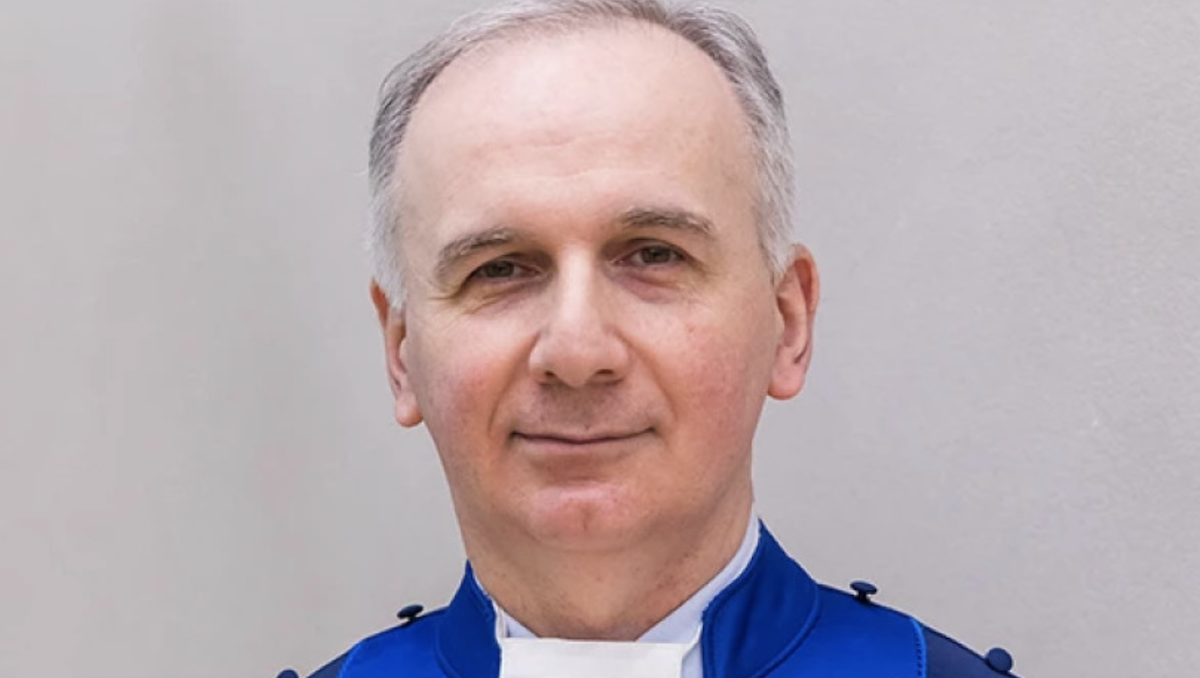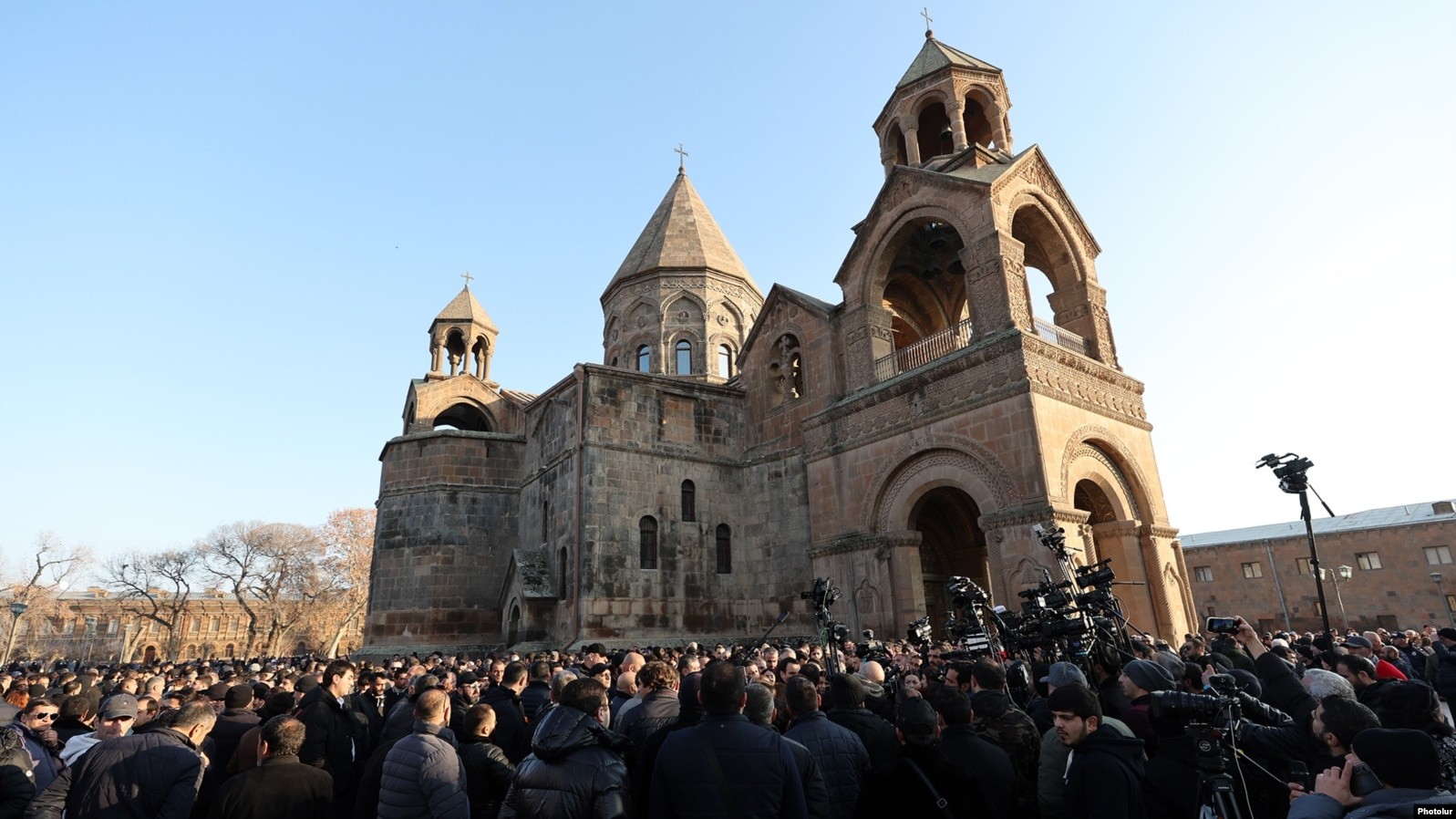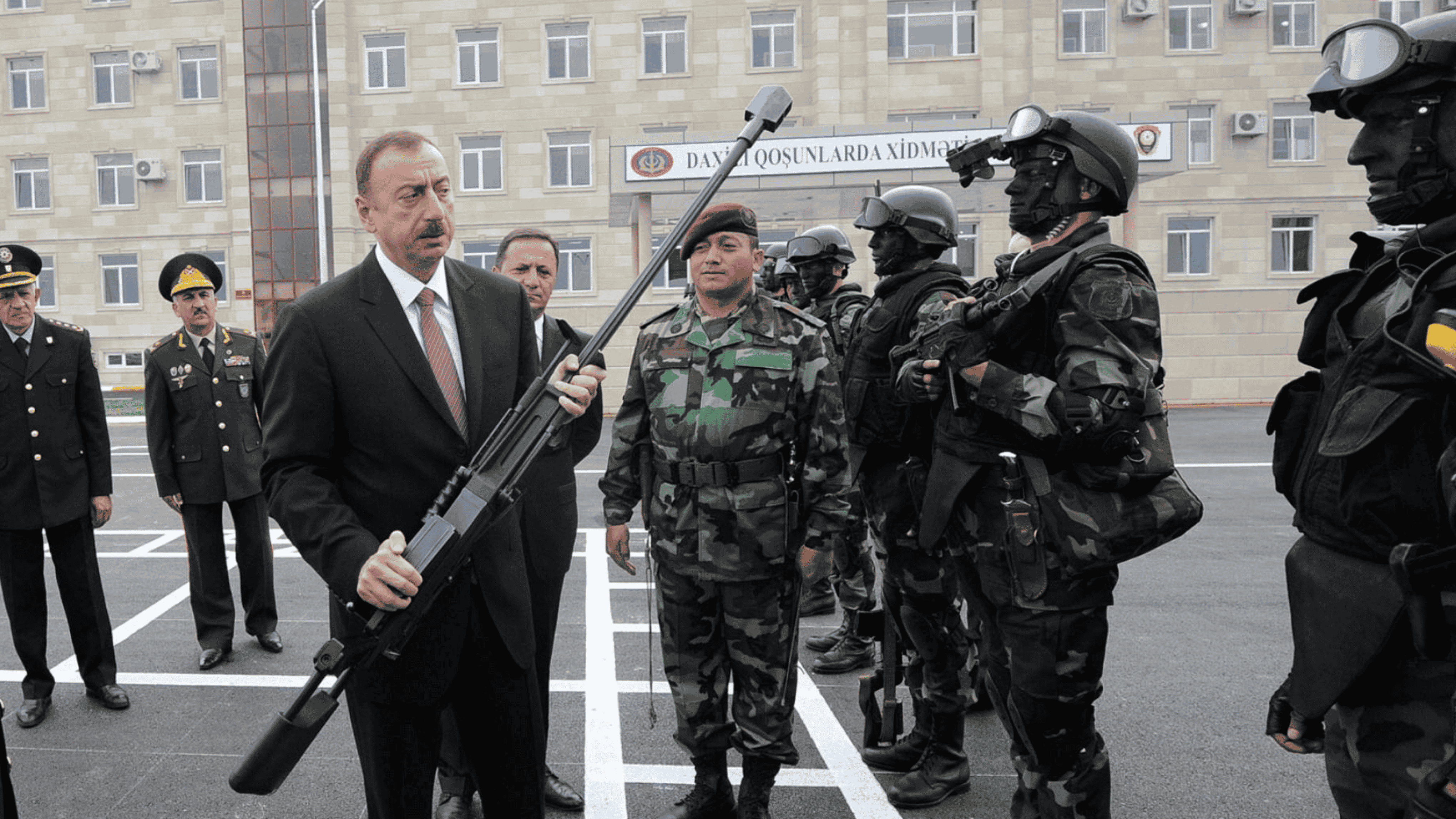Why the Armenian gov’t has waited two years to reform the judicial system
An independent judiciary, honest and fair courts – in April 2018, revolutionary leaders proclaimed these ideals from every public square in Yerevan.
The change of power promised significant changes in the judicial system, which, in the words of both the opposition and international organizations, was not independent, and often carried out “orders from above.”
However, two years have passed since the Velvet Revolution, and Armenia is still awaiting judicial reform. There has not yet been closure regarding the issue concerning the Constitutional Courts, despite the fact that the parliament has already adopted amendments to the fundamental law of the country precisely for this reason.
● Armenian constitutional amendments, disputed by opposition, human rights activists come into force
● Armenian parliament makes moves to resolve Constitutional Court crisis – without a referendum
Has the constitutional crisis been resolved?
Somewhat ironically, the political struggle in post-revolutionary Armenia unfolded around an apolitical structure – the Constitutional Court.
The ruling party, headed by Prime Minister Nikol Pashinyan, believes that the head of the Constitutional Court, Hrayr Tovmasyan, is a relic of the previous administration and is not able to make fair decisions in post-revolutionary Armenia. In addition, the new authorities believe that he “usurped” his position.
The fact is that Tovmasyan was the one who authored the amendments to the constitution in 2015. They concern, among other things, the procedure for electing the head of the court, and established a 6-year term for the chairman of the Constitutional Court. However, Hrayr Tovmasyan was elected just a few days before the constitutional amendments, which gave him the opportunity to head the court until 2035.
In order to prevent this, and to radically change the composition of the Constitutional Court, the ruling party first decided to hold a referendum. Residents of the country had to respond to the question of whether Hrayr Tovmasyan and six other judges should have their positions terminated. Buе during the beginning of the outreach campaign, the first case of coronavirus was reported within the country. And after the state of emergency was declared, the referendum simply had to be abandoned.
But the pandemic did not dissuade the authorities from their desire to resolve the issue of the Constitutional Court. Ruling party MPs drafted a constitutional amendment bill, which was passed by parliament. As a result, the powers of three judges who have been in office for more than 12 years have been terminated. And the chairman of the court, Hrayr Tovmasyan, was dismissed from his post, although he retained the right to be a member of the court.
Different political forces respond differently to the question of whether the issue has been fully resolved.
The ruling My Step Alliance is certain that this is the way to fulfill the election promise to “cleanse” the Constitutional Court. The parliamentary opposition believes that the crisis has only been exacerbated, and that the authorities are trying to make it seem like the issue has been resolved. The non-parliamentary opposition accuses the authorities of violating the constitution.
“We managed to resolve the crisis around the Constitutional Court, because now there is no judge who has been serving for more than 12 years. We have created equal conditions for everyone. And now we have a court that is legitimate,” said Nikolay Baghdasaryan, MP from the ruling My Step Alliance.
In order to understand whether the crisis around the Constitutional Court has truly been resolved, one must first determine what the authorities meant by “crisis,” says Taron Simonyan, an MP from the Prosperous Armenia opposition faction:
“Most judges who were elected under the old constitution remain in office. Hrayr Tovmasyan, who was a problematic figure for the authorities, remains in the Constitutional Court. None of the goals that were identified previously have been achieved. This approach is just a way to make excuses. They made a promise to solve the problem. Several of their attempts have been unsuccessful. To save face, they chose this option instead.”
A new constitution is being developed in Armenia. A special commission has been created specifically for this purpose. This may have been able to offer a fundamental solution to the problem, says Taron Simonyan.
What will become of the Constitutional Court?
For many years, the Constitutional Court was considered a problematic structure, primarily in the context of elections. Election results were repeatedly disputed in this court, but they were always recognized as legitimate. Therefore, it was assumed that the Constitutional Court was serving the interests of the authorities. Could this be the situation now? Oppositionist Taron Simonyan does not exclude the possibility:
“I in no way believe that we will change the system simply by changing the people in charge. Only systemic changes will lead to the court being able to fulfill the will of the people and impartial justice.”
The constitutional court cannot be a ‘servant’ of the current government, says ruling party member Nikolay Baghdasaryan. And this is guaranteed by the fact that most of the judges currently serving were appointed under the previous administration.
“The last judge to be elected was Vahe Grigoryan. His candidacy was proposed by the President of the Republic, who was appointed by Serzh Sargsyan [the former President of Armenia]. Given this fact, saying that the Constitutional Court may be a ‘servant’ of authorities is irrational,” the politician said.
While discussions are ongoing between the authorities and the opposition regarding a change in the composition of the Constitutional Court, the dismissed judges challenged the decision of the parliament in the European Court of Human Rights. They expected to return to their posts, at least until the ECHR had finished considering their complaint. But the European court rejected this part of the plaintiffs’ claim.
The ECHR said that applying this interim measure is unnecessary, since there is no “danger of irreparable damage to any key right enshrined in the European Convention on Human Rights.” At the same time, European judges continue to consider the lawsuit as a whole, and a final verdict has not yet been decided.
The Bright Armenia opposition faction believes that the fact that the interim measure was rejected is not necessarily a reflection on the outcome of the case, and it is possible that the ECHR will still make a decision against the Armenian government.
Why didn’t the revolution touch the judicial system?
The situation with the Constitutional Court reflects the picture in the judicial system of Armenia as a whole. After the revolution, authorities repeatedly stated their intention to conduct judicial reform and “get rid of corrupt judges.”
And the authorities also address the fact that two years after the revolution, there have been no significant changes in the judicial system. The judicial reform is still being developed. But the implementation takes time, says MP Nikolay Baghdasaryan:
“At the moment we are hiring new personnel to replace the vicious judicial system that prevailed under the previous government. Previously, judges were appointed by nepotism, guided by their political biases. And they were, and are unable to make objective and fair decisions.
We need a sufficient number of judges to replace the current ones. If you want to get rid of something, you must be sure that you have something to replace it with. We have started to train new personnel. Only then will we have the opportunity to replace the old members with new ones,” says Nikolai Baghdasaryan.
Opposition MP Taron Simonyan believes that there were impartial judges both before and after the revolution. As for pressure on the judicial system from above, it was considerable before the revolution, but the situation remains unchanged:
“Some judges sought to get an ‘opinion from above.’ There are still such judges today. They are the same judges.”
Why did the authorities refuse to vet candidates?
The main tool for judicial reform was initially declared to be a transitional justice system and vetting. These mechanisms were supposed to help get rid of all judges who did not pass the “qualification test.”
But the authorities eventually abandoned the idea of vetting judges, and chose a milder option to checking their “integrity.” It involves analyzing the self-declared income of judges and their loved ones, in order to verify their compliance with ethical standards. A commission will also be set up to verify the validity of decisions made by judges.
“It seems that the authorities make statements first, and then think about the mechanisms for reform. They started talking about vetting in 2018. They talked about rejecting a large portion of the judges who would not pass their tests. Then the authorities realized that in order to do this, they would need to change the constitution. We listened to the opinion of our European colleagues, who said that our courts are not in such a deplorable state that they need to undergo a vetting process. Therefore, the authorities abandoned this idea,” said opposition leader Taron Simonyan.



















